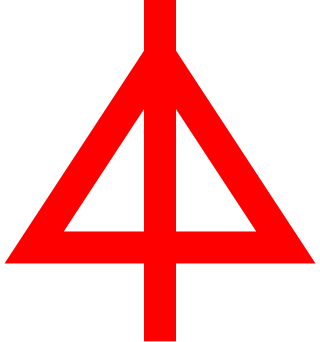
The 1st Panzer-Division was an armoured division in the German Army during World War II.

The 13th Panzer Division was a unit of the German Army during World War II, established in 1940.

The 16th Infantry Division of the German Army was formed in 1934. On 26 August 1939 the division was mobilized for the invasion of Poland (1939). It participated in the Battle of France in August 1940. The division was then split, resulting in two independent units: The 16th Panzer Division and the 16th Motorized Infantry Division. Then later, from 1944 onward, combined with other non 16th elements, was known as the 116th Panzer Division.

The 2nd Panzer Division was an armoured division in the German Army, the Heer, during World War II.

The 29th Infantry Division was a unit of the German army created in the fall of 1936. It was based on the old Reichswehr 15th Infantry Regiment and drew its initial recruits from Thuringia. It was upgraded to 29th Motorized Infantry Division in the fall of 1937. The division was also known as the Falke-Division.

The 8th Panzer Division was a formation of the WehrmachtHeer. The division was formed by reorganising the 3rd Light Division in October 1939. It was transferred to the west and fought in the Battle of France, in May 1940, and the German invasion of the Balkans in April 1941. Soon after the division advanced towards Leningrad under Army Group North in Operation Barbarossa, and would remain on the eastern front for the remainder of the war. Staying on defensive fronts, it saw action in the relief of Kholm in 1942, Orel and the withdrawals of Army Group Centre in 1943, until transferred to Army group South. The division then fought in a series of retrograde movements, back through Ukraine, into Hungary and finally into Silesia and surrender in May 1945.

The 6th Panzer Division was an armoured division in the German Army, the Heer, during World War II, established in October 1939.

The 12th Panzer Division was an armoured division in the German Army, established in 1940.

The 4th Panzer Division was an armored division in the Army of Nazi Germany.
The 3rd Panzer Division was an armoured division in the German Army, the Wehrmacht, during World War II.
The 11th Panzer Division was an armoured division in the German Army during World War II, established in 1940.

The 20th Panzer Division was an armoured division in the German Army during World War II. It was created from parts of the 19th Infantry Division.
The 24th Panzer Division was formed in late 1941 from the 1st Cavalry Division based at Königsberg.
The 19th Panzer Division was an armoured division in the German Army, the Wehrmacht, during World War II. It was created from the 19th Infantry Division.

The 23rd Panzer Division was an armoured division in the German Army during World War II. Formed in France in late 1941, the division spent its entire combat history on the Eastern Front.

Otto von Knobelsdorff was a German general during World War II who led the 19th Panzer Division and then held a series of higher commands. He was a recipient of the Knight's Cross of the Iron Cross with Oak Leaves and Swords.

The 14th Panzer Division was an armoured division in the German Army during World War II. It was created in 1940 by the conversion of the 4th Infantry Division.
General Friedrich Kühn was a General der Panzertruppe in the Wehrmacht during World War II. He was a recipient of the Knight's Cross of the Iron Cross of Nazi Germany.

The 15th Panzer Division was an armoured division in the German Army, the Wehrmacht, during World War II, established in 1940.
XIV Panzer Corps was a corps-level formation of the German Army which fought on both the Eastern Front and in the Italian Campaign.
















